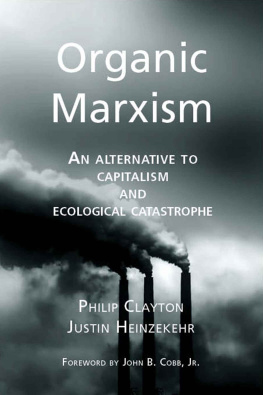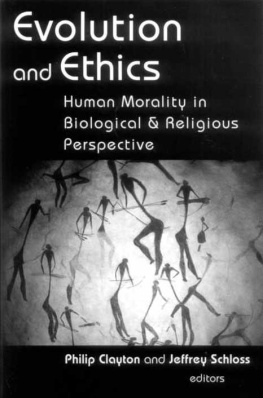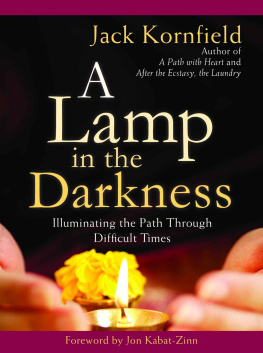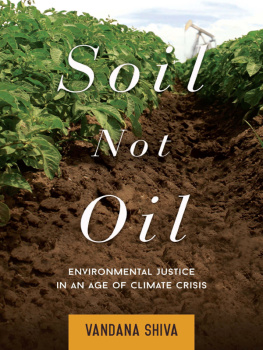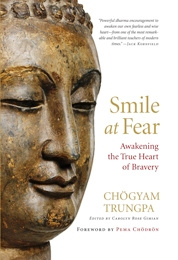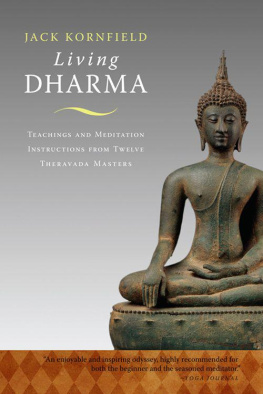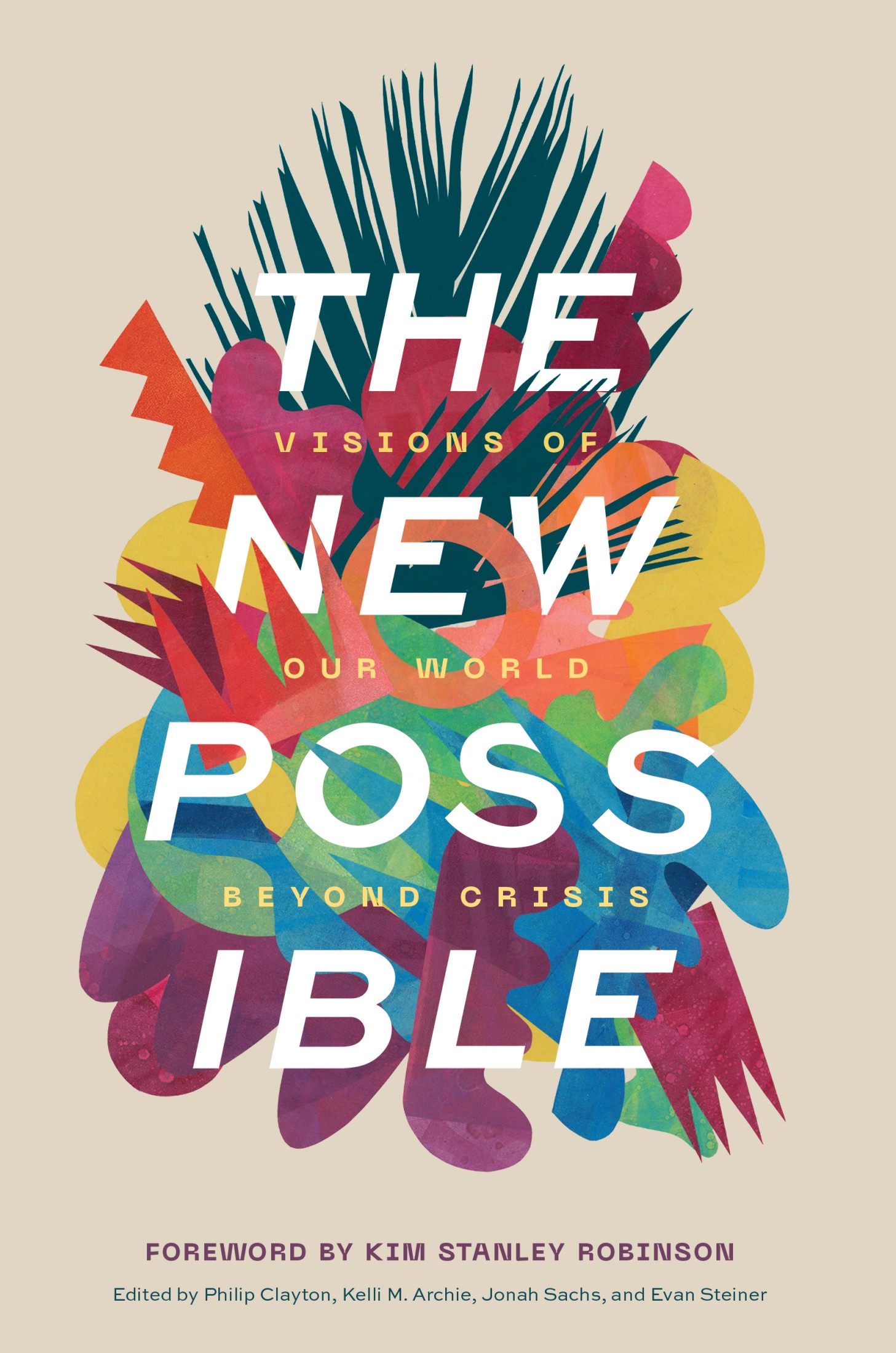The New Possible
Visions of Our World beyond Crisis
Edited by Philip Clayton, Kelli M. Archie, Jonah Sachs, and Evan Steiner
Foreword by Kim Stanley Robinson
THE NEW POSSIBLE
Visions of Our World beyond Crisis
Copyright 2021 Wipf and Stock Publishers. All rights reserved. Except for brief quotations in critical publications or reviews, no part of this book may be reproduced in any manner without prior written permission from the publisher. Write: Permissions, Wipf and Stock Publishers, W. th Ave., Suite , Eugene, OR 97401 .
Cascade Books
An Imprint of Wipf and Stock Publishers
199 W. 8th Ave., Suite 3
Eugene, OR 97401
www.wipfandstock.com
paperback isbn: 978-1-7252-8583-5
hardcover isbn: 978-1-7252-8582-8
ebook isbn: 978-1-7252-8584-2
Cataloging-in-Publication data:
Names: Clayton, Philip, 1956 , editor. | Archie, Kelli M., editor. | Sachs, Jonah, editor. | Steiner, Evan, editor. | Robinson, Kim Stanley, foreword.
Title: The new possible : visions of our world beyond crisis / edited by Philip Clayton, Kelli M. Archie, Jonah Sachs, and Evan Steiner.
Description: Eugene, OR: Cascade Books, 2020 . | Includes bibliographical references.
Identifiers: isbn: 978-1-7252-8583-5 (paperback). | isbn: 978-1-7252-8582-8 (hardcover). | isbn: 978-1-7252-8584-2 (ebook).
Subjects: LCSH: Human ecology. | Ecotheology. | Climate change. | Ecology. | Social justice.
Classification: GF N 15 2021 (print). | GF (epub).
Manufactured in the U.S.A. September 29, 2020
Illustrations, Figures, and Tables
C over image Mariposa by Favianna Rodriguez
T rout Creek by Marko Oblak
E verything Depends on THIS Depends on Everything by Nikki McClure
B - Y Iceberg Antarctica No. by Zaria Forman
T he Peoples Bailout by Sam Wallman
T he Hive by Abby Paffrath
Power Through by Astro
E verybody Loves the Farmers Market by Lindsay Jane Ternes
S urvivor Justice by Favianna Rodriguez
J uly by Frederick D. Jones
W e Will Heal Together by Mira Sachs
S omos Uno by Lavie Raven
R ise by Nina Montenegro
Figure : US Total Debts 1945 2020 and by Economic Sector ( 2020 )
Figure : Genuine Wealth Model for Measuring Wellbeing
Table : The Contrasting Lenses of Twentieth-Century and Twenty-first-Century Economics
Foreword
Kim Stanley Robinson
W ith the appearance of the worldwide COVID- pandemic there is now broad general recognition that we have entered an emergency century, a crux in human history. Whether we respond well or poorly will have huge ramifications for future generations of people and for the biosphere at large. From our current moment we could be initiating a mass extinction event that will hammer the biosphere and civilization both, or we could be starting the process of establishing a prosperous and just global society that will be sustainable over the long haul of the centuries to come. The radical disparity of these possible futures, the sheer range of thembut with a kind of excluded middle, in that if we trend in one direction or other that trajectory is likely to prevailis part of the feeling of our time, which could be characterized as a general sense of danger, dread, and fear, mixed with a battered but still strong feeling of hope that our rapidly increasing scientific knowledge and technological capability, and a rising awareness of our global collective fate, and our ultimate reliance on Earths biosphere will combine to usher in a new and better era in human interactions with the planet and other people. We live in this curious mixture of fear and hope; probably this has always been the case for humanity, but now it has bloomed into an obvious existential and historical crisis.
The problems we face now are immense and numerous. We are a global society, but we are ruled by a nation-state system in which many still regard national interests as overriding any global considerations. And we have agreed to rule ourselves and run our affairs by way of a political economy that is unsustainable, extractive, and unjust, and yet is massively entrenched in national laws and international treaties. So the nation-state system is insufficient, and yet all we have; and neoliberal capitalism is cruel and destructive, and yet the worlds current overriding system of laws. How then to proceed? We have to use the tools at hand, and yet they are precisely a big part of the problem. Its a dilemma.
One thing that may help to start our thinking here is the simple principle that what cant happen, wont happen. This is to invoke the reality principle in the form of the facts of science that are incontrovertible. Magic doesnt work, so magical thinking is not going to be sufficient; physically impossible things are not going to happen in this century or any other, and so we are not going to be conducting our civilization as we have been into the future, because that isnt physically possible. The planets biosphere doesnt produce the resources we need at the rate we are using them, nor is it capable of disposing of the toxic wastes we are producing at the rate we are producing them. So change will be coming, one way or another, and because the current situation is so very untenable, the changes coming are going to be profound. We are now already in the time of change.
So, in this very perilous situation, we need plans. Thats the important task that this book is joining. The editors have divided the general problem and its possible solutions into particular categories and asked experts in these fields to explore their visions of change for the better. As the general problem is a wicked problem, in the technical sense of being multiplex and intractable, the solutions are therefore going to be complex and various. It makes good sense to examine different aspects of the situation in the way this volume does, and its both helpful and encouraging to see so many voices orchestrated into a larger vision of change that can guide and sustain us through the time of troubles and conflict. The moral obligation to keep hope alive is much aided by some needed clarity about the particulars of how we can deal with the dangers, and transform society for the good. One of the best things about this book is the way the whole adds up to more than the sum of its parts, and becomes that elusive vision of how things could go well, articulated but vibrantly whole.
The group of writers assembled here is very experienced, capable, and articulate, and I recommend all of them to you enthusiastically. In this general excellence I also want to express a particular personal thanks to Vandana Shiva, whom I met almost thirty years ago at a conference organized by Ernest Callenbach and Fritjof Capra, and whose work has since for me set the standard for how a public intellectual can change the world for the better. In my own work Ive been trying to complement the efforts of Shiva and all like-minded scientists and educators; Ive been trying to tell their stories in utopian fictions, and I couldnt have done it without the inspirational example of people doing the far harder work of changing the real world.
So, what youll read in this collection of essays is not only inspirational, but interesting; and this is crucial. Its the particulars that are always the interesting part. We are going to have to join in an effort that will be a political battle every step of the way, because unfortunately not everyone is going to see the problem in the same way and not everyone will agree on the solutions, even when the problems become undeniable. So these detailed and meticulous visions for positive change will be very useful going forward, precisely because they are interesting. And they add up to a vision. Thats what youve got in this volume, so I give you the joy of it, with many thanks to its editors, publishers, and contributors. Go little book...


